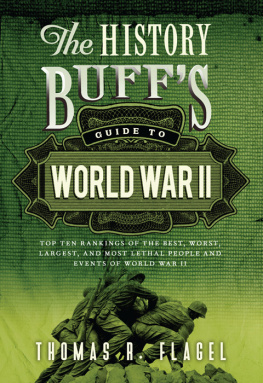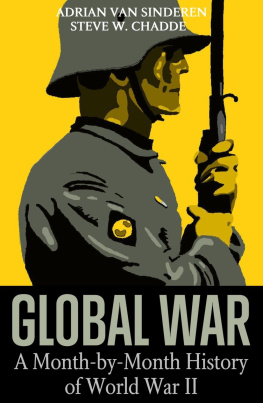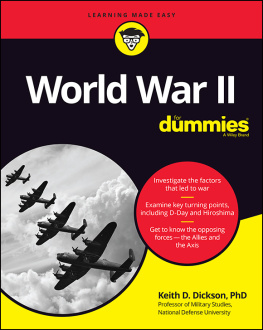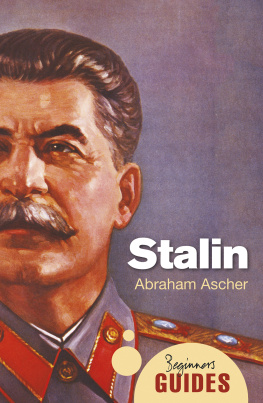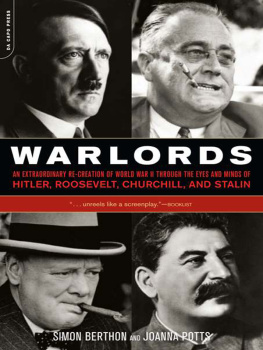Copyright 2012, 2005 by Thomas R. Flagel
Cover and internal design 2012 by Sourcebooks, Inc.
Cover design by The Book Designers
Cover photo Paul MacKenzie/Shutterstock.com
Sourcebooks and the colophon are registered trademarks of Sourcebooks, Inc.
All rights reserved. No part of this book may be reproduced in any form or by any electronic or mechanical means including information storage and retrieval systemsexcept in the case of brief quotations embodied in critical articles or reviewswithout permission in writing from its publisher, Sourcebooks, Inc.
This publication is designed to provide accurate and authoritative information in regard to the subject matter covered. It is sold with the understanding that the publisher is not engaged in rendering legal, accounting, or other professional service. If legal advice or other expert assistance is required, the services of a competent professional person should be sought. --From a Declaration of Principles Jointly Adopted by a Committee of the American Bar Association and a Committee of Publishers and Associations
All brand names and product names used in this book are trademarks, registered trademarks, or trade names of their respective holders. Sourcebooks, Inc., is not associated with any product or vendor in this book.
Published by Cumberland House, an imprint of Sourcebooks, Inc.
P.O. Box 4410, Naperville, Illinois 60567-4410
(630) 961-3900
Fax: (630) 961-2168
www.sourcebooks.com
Library of Congress Cataloging-in-Publication Data
Flagel, Thomas R.
The history buffs guide to World War II : top ten rankings of the best, worst, largest, and most lethal people and events of World War II / Thomas R. Flagel.2nd ed.
p. cm.
Includes bibliographical references and index.
(pbk. : alk. paper) 1. World War, 1939-1945. 2. World War, 1939-1945Miscellanea. I. Title.
D743.F53 2012
940.53dc23
2012021088
Printed and bound in the United States of America.
VP 10 9 8 7 6 5 4 3 2
For Clarice Mae Doty Flagel
19322004
PROLOGUE
World War II involved every inhabited continent, killed more than sixty million people, permanently maimed another seventy million, and drove one hundred million from their homes. Never before had such devastation fallen upon the earth. The conflict generated some of the noblest deeds of courage and most demonic acts of cruelty ever committed in recorded history.
From the ashes came an enduring question: how was such a horrific event possible? In search of an answer, I interviewed many who had, from various vantage points, seen the conflict firsthand. To better comprehend their viewpoints, I asked them what they called the war. Witnesses generally agreed on a surname of War but varied on the prefixthe Pacific, the Peoples, the Great, the Good, the Awful, the Second European, the Stupid, the Terrible.
Walter Joseph Bryant, an American who experienced the Pacific theater as a nose gunner in a navy reconnaissance bomber, felt he could not give a suitable answer. He simply said, Each man has his own war. His profound response eloquently synopsized the wars general nature and how it came to exist.
There was not one war but many. What humankind experienced between 1937 and 1945 was a catastrophic convergence, an abysmal host of wars. By their simultaneous appearance, the conflicts were able to grow beyond any logical limit, overlapping and interbreeding until they appeared to be a singular beast, a proclaimed world war.
Understandably, this inherent complexity can be muddling if not frustrating. The mountains of available print on the war frequently add to the confusion. Military histories are often drowning in minutiae. Memoirs tend to be steeped in agenda. Biographies give a single portrait but often neglect the landscape. Lost in the names and dates is the big picture.
Presented here is a concise, convenient way to make sense of this most intricate era. The format and aim of this book are in keeping with its predecessor, The History Buffs Guide to the Civil War. Using top-ten lists, the intent is to provide a compelling overview, employing comparison and contrast to give a different and balanced perspective on people, places, and events. Every list begins with background information and criteria for the respective topic. Some are in chronological order to illustrate progression. Others are quantitative or qualitative, placing the more prominent elements of the war in their proper context. Lists for this volume were chosen for their respective ability to illustrate the fundamental aspects of the war.
A note on text presentation: where appropriate, names and words appear in small caps to indicate a subject appearing in another list. In stating East Asian names and cities, the book displays transliterations commonly used in the West during the war years rather than the contemporary pinyin demarcation. For Chinese and Japanese surnames, the text employs the traditional order of family name first.
Though one surname is on the cover of the book, hundreds of individuals brought this work to fruition. Particular gratitude and honors go to the following: military consultants were Thomas OBrien Sr., Walter Bryant, William Phillips Callahan, and Wendell Fry. On social and cultural issues, many thanks go to Dr. Joan Skurnowicz, formerly of Loras College, for her boundless knowledge of Central Europe; Kent Wasson for his fluency in the Japanese language and social history; and Jerry Mach on civilian life in Eastern and Central Europe. Todd Erickson and Joseph and Robert Ortner provided considerable assistance on war films. Bob Yaw supplied exceptional insight on the conditions of Weimar Germany and the speaking style of Adolf Hitler. John Dankert served as a sounding board on topics of military leadership. In the critical writing process, the creative consultants were Michael Bryant of the U.S. Department of Education, plus Karl Green, Patti Hoffman, Sue Nading, Ann Rushton, and Marie Sundet of Prairie Writers. In addition, Mary Elworth gave much-needed marketing help. Dan and Michele Flagel commanded all computer and data-processing work and saved the manuscript on more than one occasion. As always, countless thanks go to Ed Curtis, Ron Pitkin, and the rest of the patient and professional staff at Cumberland House. Of the many archives, museums, and libraries to which much is owed, special appreciation goes to David Muhlena of the U.S. National Czech and Slovak Museum and Library in Cedar Rapids, Iowa; the SAC Museum of Omaha, Nebraska; the Airborne Museum of Oosterbeek, Holland; and the Atlantic Wall Museum of Oostende, Belgium.
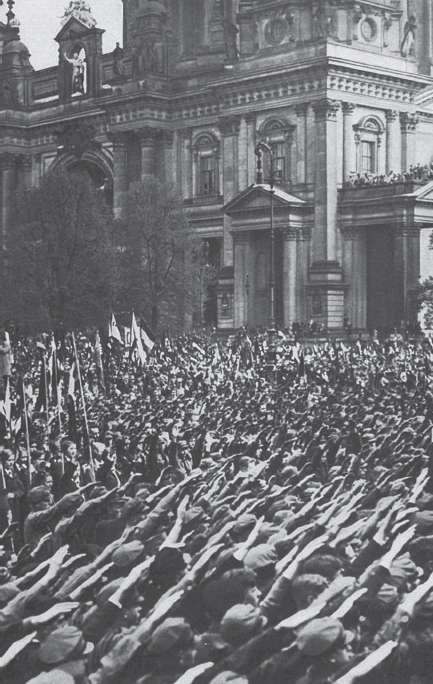

THE GATHERING STORM

WARS BEFORE THE WAR
In the fifty years preceding the Second World War, Italy fought Turkey, Romania fought Hungary, and Poland fought the Ukraine. Both Nicaragua and Ireland fell into civil war. Iran, Mexico, Panama, and Russia suffered full-scale revolutions. The empires of Europe struggled to subdue their colonial and commercial holdings in Africa, the Middle East, and China. Britain managed to retain its crown jewels of India and South Africa but failed to master the populations of Afghanistan and Iraq.

